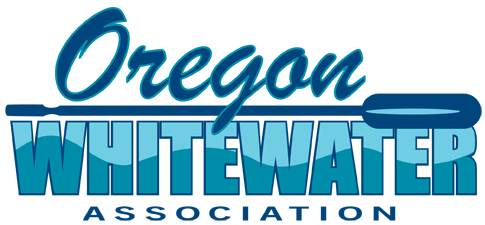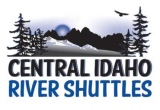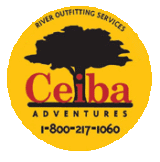2012 Swift Water Rescue Training Class
On October 27th and 28th 2012 the Oregon Whitewater Association and eNRG Kayaking convened for the annual Swiftwater Rescue Workshop. Sam Drevo and Dan Hudson, both experienced rescue 3 instructors, were joined by guest instructor Oliver Fix. Fix was the ’96 Olympic gold medalist in K-1 whitewater slalom, and brought his experience and years of coaching to the course. Along with six knowledgable assistants, they introduced and refreshed 36 members of the OWA on safe rescue practices, as well as some of the common mistakes made in unsuccessful rescues.
The instructors emphasized the importance of self throughout the workshop, that is, keeping yourself as safe as possible in any event. Drevo encouraged taking steps to prevent a multi-person rescue by actively attempting to self rescue, including defensive and aggressive swimming techniques, wearing proper gear, and being aware of the potential risks in any situation. He also stated “the most important person in any rescue
situation is you.” This means minimizing your own risk while attempting to rescue another person is more important than the rescue itself. Group safety and then the victim’s safety follows in descending order of importance. While this may be difficult to swallow at first, it doesn’t make sense to add a potential victim to an already desperate situation.
At the same time, the scenarios created by the instructors repeatedly discouraged participants from relying on the victim. Whether it was a foot entrapment, caused by standing up in the river, or a pinned raft with an injured paddler inside, participants were forced to recognize that a victim is unreliable in assisting with their rescue, and sometimes made the situation worse by trying to help. The lesson is to actively attempt to self rescue, but never assume that others will do the same.
Another key element of the workshop was simplification. While a great number of knots, mechanical advantage systems, and complicated procedures were discussed throughout the weekend, participants were encouraged to analyze the problem and find the simplest solution. It seemed everyone agreed that boat-based rescue is the preferred method of reaching someone in the river when possible.
While ropes have a great range, the thrower usually only has about 20 seconds to make an accurate toss. It’s important to practice throwing a rope both from a throwbag and coiled in your hands as it is rare that you will be able to totally repack a bag and throw it again before the victim is out of range. Most importantly, once a rope has been deployed in the river, it becomes a hazard, so the thrower must be responsible for proper rope management. This includes warning river users upstream of a line in the river, and also removing it when the rescue has been completed.
There are some cases when ropes are necessary. We all know that rafts are heavy, but when they pin or wrap in the river, they become exponentially harder to move. Even kayaks and people in the river exert a force greater than what many of us are capable of handling on our own. In these situations, we usually can’t simply pull the craft off, so mechanical advantage is necessary. These systems range from very simple to very complicated, but they all start with an anchor.
Anchors include large living trees and very large, stable rocks. The best method to create an effective anchor is with a length of webbing tied together at both ends with a water knot. The webbing is strong and durable, and when used correctly, prevents wear and tear on the less durable, more expensive rope. When large rocks or trees can’t be found, it’s possible to share the load between multiple smaller anchor points, but it is important that the load be spread somewhat equally.
Once an anchor has been set, the easiest mechanical advantage is called a vector pull. By attaching one end of the rope to an anchor and the other to the pinned object, the rope can then be pulled near the mid point in a sideways direction to exert a much greater force on
the pinned object.
Another mechanical advantage is called the Z-drag, a system using pulleys, carabineers, prussic loops, and pulleys. It creates a 3-1 advantage, allowing users to pull with three times as much force as they normally could. Unfortunately, it requires excess gear, time, and only pulls the pinned object 1 foot for every 3 pulled by the user. The pig rig external haul system was the other mechanical advantage system taught, and ended up being the preferred method. This system is a natural 4:1, and more practical for boaters that carry throw ropes.
Hudson made it clear that “if you don’t practice, you’ll forget these things in a week or two.” Whether you’re a recent addition to the OWA family, or a seasoned rescue veteran, take some time to find someone in the association who participated in the workshop and ask them about it. Not only will you keep it fresh in their minds, but you could learn something new!
The OWA and eNRG would like to thank Vice President Bruce Ripley and Catherine Loke for their organization and assistance, as well as Val Shaul, and Brent Davis for their assistance in teaching drills, and Julie Nathe, Anne Stephenson, and Scott Ogren for their assistance and role playing during the mock scenarios.
For information regarding future whitewater education, contact Sam Drevo of eNRG Kayaking at 503-887-1122 or at

















